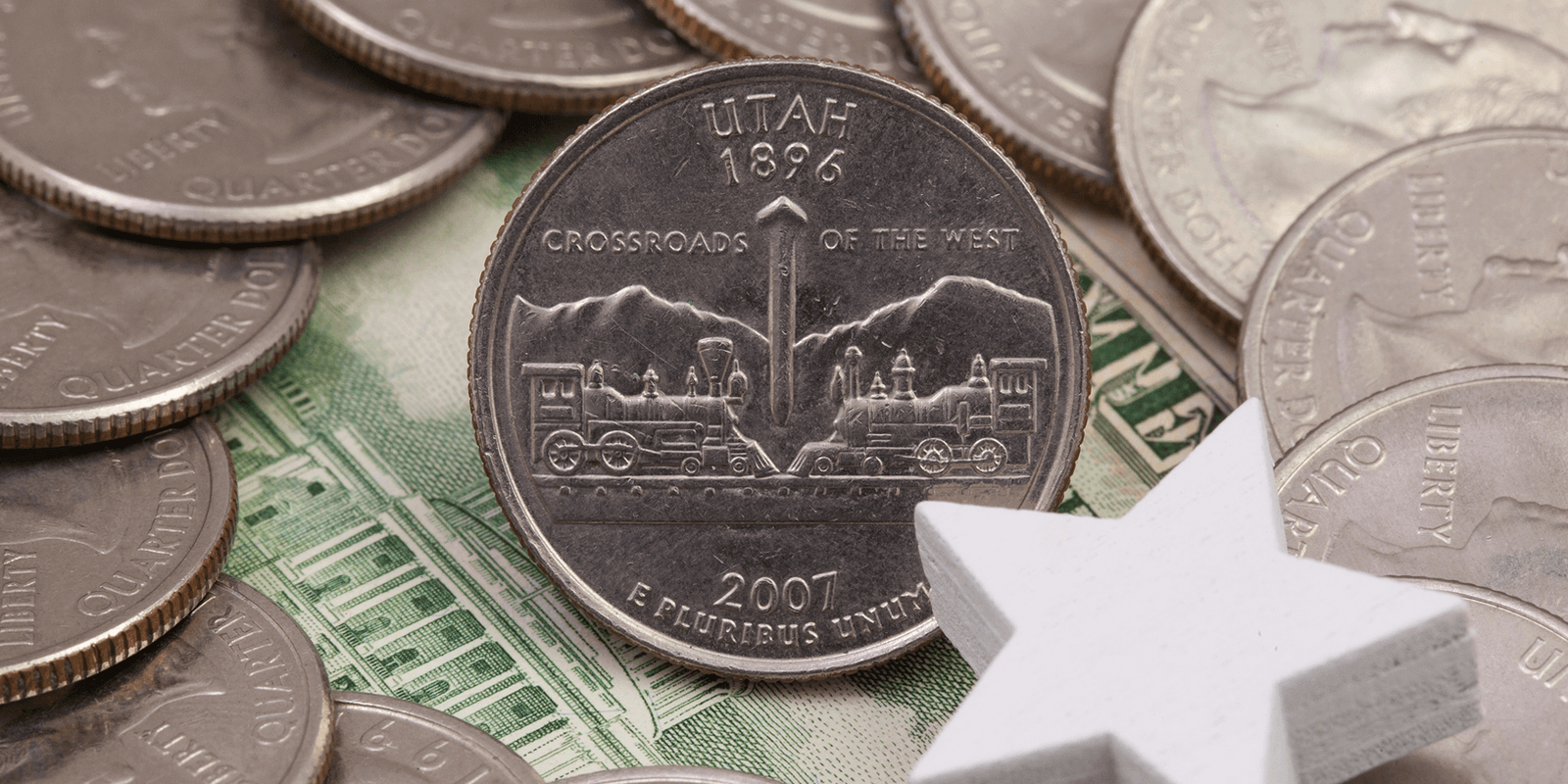This article was co-authored by Caden Rosenbaum, Senior Policy Analyst at Libertas Institute.
Building upon its pro-crypto pioneering efforts with the Utah DAO Act and other blockchain-friendly legislation, the state is on the verge of passing HB 230, a bill that empowers the state treasurer to invest public funds in certain digital assets like Bitcoin. The bill is a calculated stride toward a more financially resilient Utah.
However, a few misconceptions have trickled into the legislative process. Let’s break down the key provisions of the bill that have been mischaracterized.
Market Capitalization
One misconception of the bill is that it allows frivolous investing in volatile crypto assets. It’s key to note that the bill, if passed, would only allow funds to be invested in crypto assets with a minimum market cap of $500 billion. Bitcoin, for example, currently boasts a market capitalization of approximately $1.90 trillion which surpasses that of silver, which stands at around $1.84 trillion. This positions Bitcoin as the eighth-largest asset globally, reflecting its growing acceptance in the financial ecosystem. Investing in assets like these are not the reckless gamble some critics suggest. Instead, they represent a calculated opportunity to diversify portfolios in the modern age by expanding investment into large-cap, established digital assets with significant market adoption over time.
Investment Cap
The second misconception about the bill is the amount of funds that could actually be invested. This bill specifically limits investments to a maximum of 5% of select Utah funds into digital assets. These reserves — typically set aside for unforeseen financial challenges — total approximately $1.4 billion. The proposed bill allows for a maximum of 5% of these funds to be invested in qualifying digital assets, equating to about $70 million. It’s crucial to note that this 5% is a ceiling, not a target; the actual investment could be less, depending on the state’s assessment of market conditions and risk tolerance. Moreover, substantial funds managed by Utah, such as the Public Treasurers’ Investment Fund (PTIF), valued at approximately $29 billion, and the Utah Retirement Systems (URS), with assets totaling around $45.3 billion, are not impacted by this bill. The proposed legislation only pertains to a small portion of the state’s funds, leaving these other significant funds unaffected.
Prudential Investor Rules Still Apply
The final misconception raised about this bill is that it allows the Treasurer to invest funds without restriction. In reality, the bill still subjects the Treasurer to the Prudent Investor Rule, meaning the Treasurer cannot overleverage risk or gamble taxpayer funds.
Leading by Example
Utah’s approach is both conservative and strategic. By limiting the investment to a small fraction of reserve funds, the state mitigates potential risks while positioning itself to benefit from the growth of digital assets. This isn’t the entire state budget, just a conservative slice of a smaller pie of reserve funds. By limiting funds, but still allowing the Treasurer to diversify assets in this way, Utah mitigates risk while positioning itself to benefit from the growth of digital assets and ensure it stays ahead in the evolving financial landscape.
Utah’s strategic reserve bill could be the first of its kind to pass at the state level. As of now, 22 states have proposed bills related to investing in crypto — but only Utah and Arizona have passed this stage in the bill lifecycle. Utah’s HB 230 recently passed the House and is now awaiting a Senate committee vote.
Utah’s HB 230 is a smart move. Allocating up to 5% of select reserve funds into stable and high market cap digital assets diversifies the state’s portfolio and embraces financial innovation. If passed, this bill will balance opportunity with caution, and set Utah apart as a national leader in modern state financial strategy.







